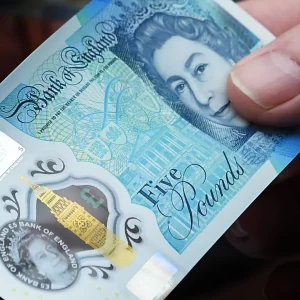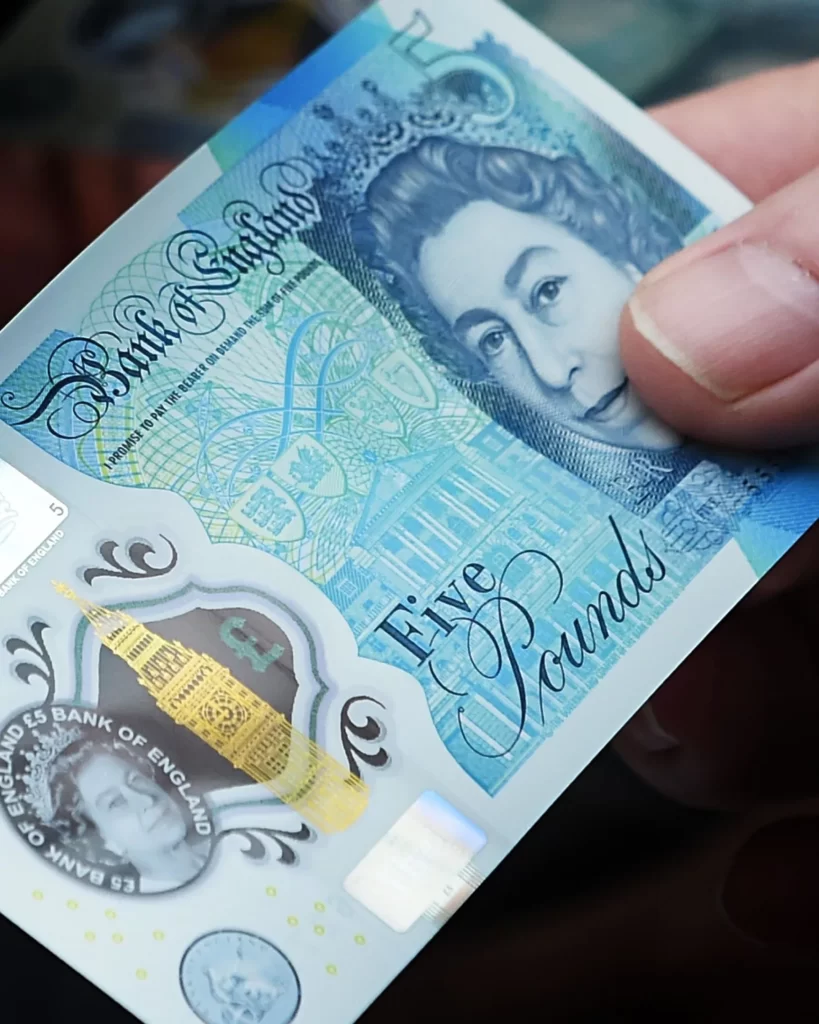where to buy fake notes
At https://www.counterfeitgenie.com/ we offer the best quality money at most afforadbale prices visit us online to know about more interesting deals.
1 x €20 notes
The Bank of England has unveiled a new £50 note that features the scientist Alan Turing, who is best known for breaking codes during the second world war. The note will go into circulation on June 23, which is Alan Turing’s birthday.
On Thursday morning, the design, which incorporates a number of Turing-related elements, was scheduled to be unveiled by Andrew Bailey, governor of the Bank of England.
The note includes his signature, a photograph of Turing taken three years before his death in 1951, ticker tape with his birth date written in binary, and a quote from an interview he gave: This is only a shadow of the future and a foretaste of what is to come.where to buy fake notes
The Bank has completed its transition away from paper currency with the introduction of this most recent polymer note.
It will join the Churchill £5, Austen £10, and Turner £20, all of which are made of polymer, which is said to last longer and keep better than paper.20 x £50
You can get all the currency you need from https://www.counterfeitgenie.com. Contact us to get the best deals
The Bank of England was keen to highlight the note’s advanced security features, which were intended to discourage forgery and counterfeiting. Turing was probably best known for helping crack the Enigma code during the second world war and for pioneering the modern computer.
The polymer notes the Bank issued were described as the “most secure series of banknotes yet.” The £50 has two windows and a foil of two colors, like the £20, making it “very difficult” to counterfeit. When the note is tilted from side to side, a hologram image switches between the words “Fifty” and “Pounds.”
Bailey remarked on the design, saying: We have every right to think about and celebrate the people depicted on our banknotes because the currency that we use reflects a nation’s character. Therefore, I am delighted that our brand-new £50 features Alan Turing, one of Britain’s most important scientists.
He went on to say that Turing, who was born in 1912, was a leading mathematician, developmental biologist, and computer science pioneer in addition to his work at Bletchley Park.
where to buy fake notes
Conslusion
He was also gay, and as a result, he received appalling treatment. Bailey stated, “We are celebrating his accomplishments and the values he represents by placing him on our new polymer £50 banknote.”
In 1952, Turing was tried for being a homosexual. Two years later, an inquest found that Turing committed suicide by taking cyanide poisoning.
After a public consultation process designed to honor a prominent British scientist, the selection of Turing to appear on the new £50 note was made public in July 2019.
The Bank got a sum of 227,299 designations covering 989 qualified characters, which were trimmed down to a waitlist of 12, with the then Bank lead representative, Imprint Carney, settling on the last choice.where to buy fake notes
1 x £5 note
A sterling banknote is the Bank of England £5 note. The current note, the first of this denomination to be printed in polymer, entered circulation on June 23, 2021. It features the image of Queen Elizabeth II on the obverse and computer scientist and codebreaker Alan Turing on the reverse, with his birth date reflecting the release date.Cotton £50 notes from the previous series remained in circulation alongside the new polymer notes until September 30, 2022, when the last “paper” banknote issue finally ceased to be legal tender.

You can get all the currency you need from https://www.counterfeitgenie.com. Contact us to get the best deals.
History:
In 1725, the Bank of England introduced £5 notes for the first time. The earliest notes were written by hand and were given to individuals as needed. The payee’s name, the date, and the signature of the issuing cashier were all written on one side of these notes. These notes could be exchanged for an equivalent amount of gold when presented at the bank, with the exception of the Restriction Period, which occurred between 1797 and 1821 due to the Napoleonic Wars and the French Revolutionary Wars. The banknote would be signed to indicate the amount of the partial redemption. The declaration “I promise to pay the bearer on demand the sum of fifty pounds” replaced the name of the payee on printed notes beginning in 1853. This statement is still present on Bank of England banknotes today. 200 x £5 note
What the use is
A £5 note issued in 1934 The ability to redeem banknotes for gold ceased in 1931 when Britain stopped using the gold standard.[4] The £50 note ceased to be produced by the Bank of England in 1943 and did not reappear until it was reintroduced in 1981. On the printed notes, the printed signature of one of the three cashiers was printed, although this was replaced by the signature of the Chief Cashier from 1870 onwards.[4] As with all subsequent £50 notes, these D series notes were predominantly olive green on both sides.where to buy fake notes
On the front of each note was a picture of Queen Elizabeth II, and on the back was a picture of architect Christopher Wren. This note had a metallic thread running through it as a security measure; from July 1988 on, the thread was upgraded to a “windowed” thread. When held up to the light, the thread appears to be one continuous line even though it is woven into the paper in such a way that it forms a dashed line. Beginning in 1994, the series E note gradually replaced the series D note. On the reverse of this reddish note, John Houblon, the first governor of the Bank of England, took Christopher Wren’s place. These notes had a foil patch on the front as an additional security measure.[5] There was no £50 note in the E revision series. 50 x £10 note
Conclusion 1 x £5 note
On the reverse of the £5note from 2011, there are two portraits: The note has a number of security features in addition to the metallic thread, including motion thread, raised print, a watermark, microlettering, a see-through registration device, and a colorful pattern that only appears under ultraviolet light. It is the first Bank of England banknote to feature two people on the reverse, and it is also the first Bank of England note to feature the motion thread security feature.[6][7] When the note is viewed from various angles, this image in a broken green thread moves.
1 x £10 bill
The ten-dollar bill ($10) is the denomination of United States currency. The portrait of Alexander Hamilton, the first Secretary of the Treasury of the United States, can be found on the bill’s reverse. The U.S. Treasury Building appears on the reverse. All $10 greenbacks gave today are Central bank Notes.
The average lifespan of a $10 bill in circulation as of December 2018 was 5.3 years before it was worn out.[2] Federal Reserve Banks deliver ten-dollar bills in yellow straps.where to buy fake notes
History
John Trumbull’s portrait of Hamilton from 1805, which is in New York City Hall’s portrait collection, is the inspiration for the portrait on the $10 bill. The only denomination in circulation with a portrait facing to the left is the $10 bill, making it unique. It also features Benjamin Franklin, one of two non-presidents on US bills that are currently in circulation. Hamilton is also the only person who is currently depicted on U.S. paper currency who was not born in the continental United States or British America—he was from the West Indies; In the past, three more have been depicted: Albert Gallatin of Switzerland received a legal tender worth $500 in 1862/63, George Meade of Spain received a $1,000 1890/91 Treasury Note, and Robert Morris of England received a legal tender worth $1,000 in 1862/63; $10.00 (1878/80) Silver Certificate
History of large notes (approximately 7.4218 3.125 in 189 79 mm) Hamilton portrait by John Trumbull 1805 $10 Legal Tender note 1863 $10 Legal Tender note 1880 $10 Legal Tender 1861: The first $10 bill was issued as a Demand Note with an allegorical art-related figure on the right and a small portrait of Abraham Lincoln on the left side of the obverse.
1862: The face design of the first $10 United States Note was very similar to that of the 1861 Demand Note; However, the reverse was slightly altered. The slang term “sawbuck,” which refers to a $10 bill, may have its origins in the Roman numeral “X.”
1863: Interest Bearing Notes were issued with a portrait of Salmon P. Chase and a liberty scene. They could be redeemed for $10 plus 5% interest one year after the bill’s date. Additionally, the notes could be spent for precisely $10.
1864: The face design of the 1863 Interest Bearing Note was used to issue compound interest Treasury Notes, which had a face value that increased by 6% compounded semiannually. The note’s ability to be utilized for $10, plus interest, is unknown.
1869: On the left side of the obverse of a new $10 United States Note, a portrait of Daniel Webster and an allegorical representation of Pocahontas presenting herself to the Royal Court of England are shown. Because the eagle on the front of this note looks like a donkey when it is turned upside down, it is referred to as a “jackass note.”
1870: The National Gold Bank Notes were issued by participating national banks specifically for payment in gold coin. They feature a scene of Benjamin Franklin flying a kite on the left and liberty and an eagle on the right. A picture of gold coins from the United States was on the bill’s back.Buy Visa Gift Card Online
1 x £10 bill
The denomination of United States currency.
The ten-dollar bill ($10) is the denomination of United States currency. The portrait of Alexander Hamilton, the first Secretary of the Treasury of the United States, can be found on the bill’s reverse. The U.S. Treasury Building appears on the reverse. All $10 greenbacks gave today are Central bank Notes.

